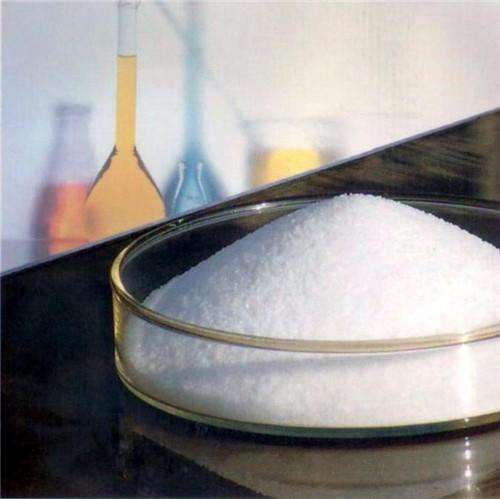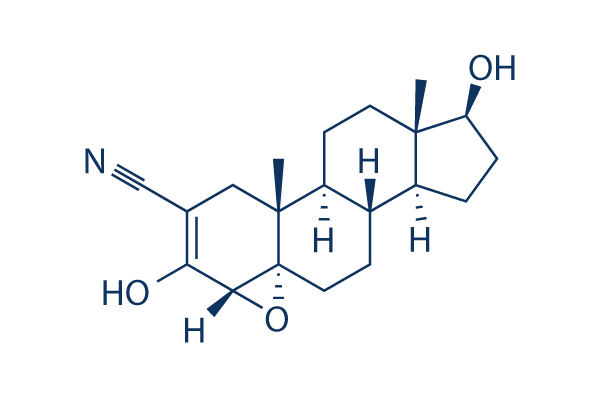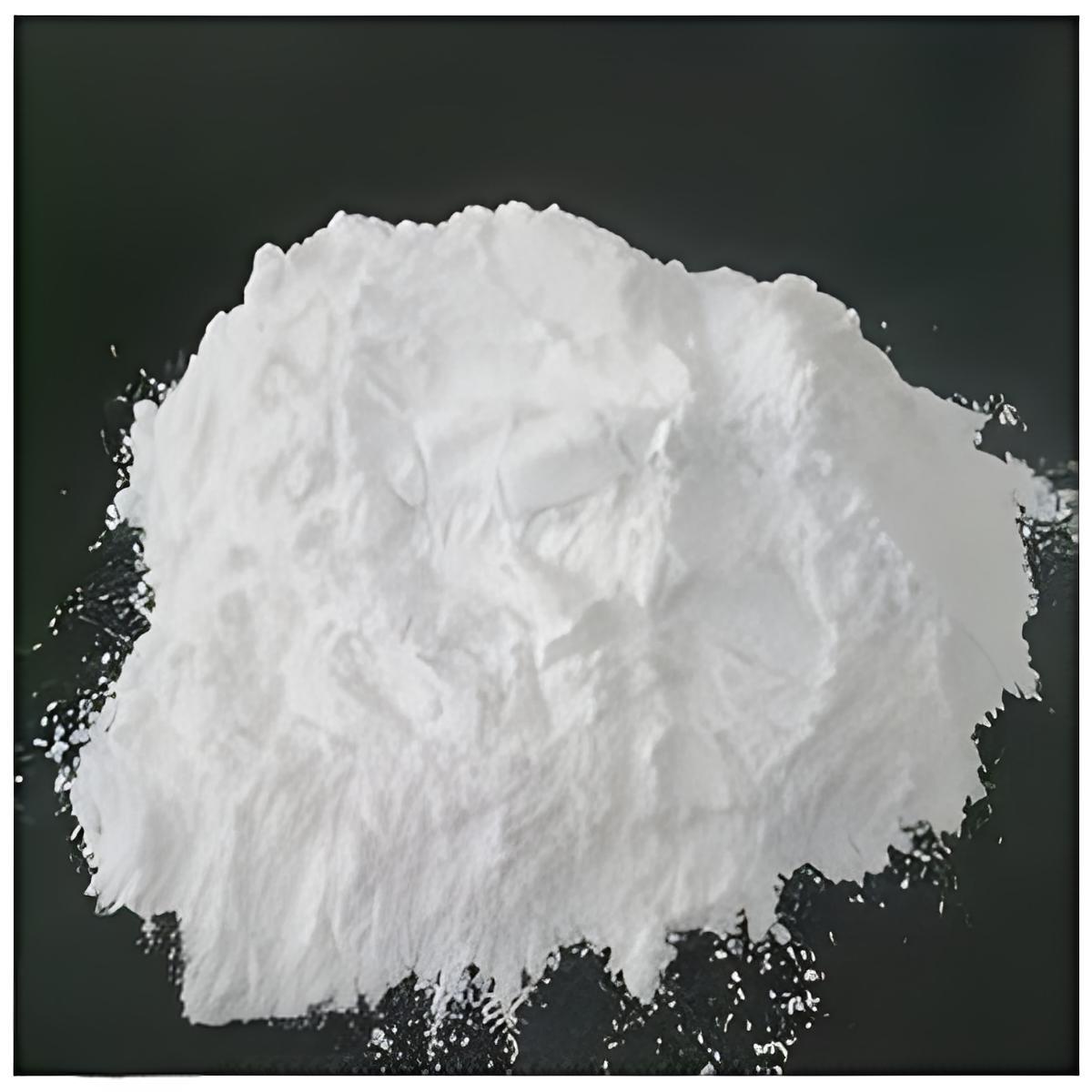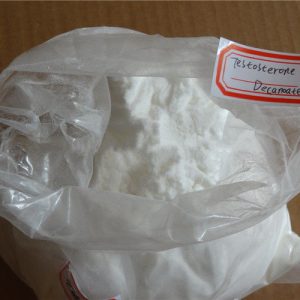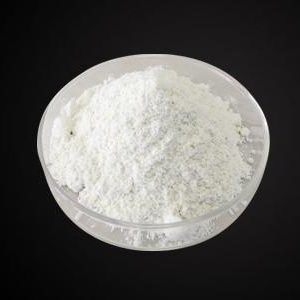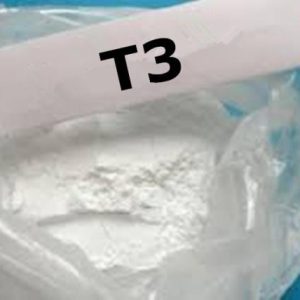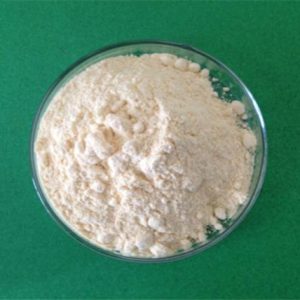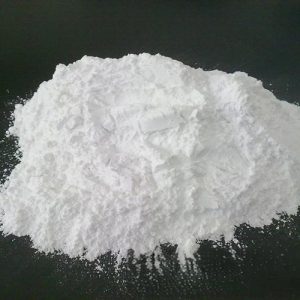Pharmacodynamics
Steroidogenesis. Trilostane inhibits 3β-HSD.
Trilostane is a steroidogenesis inhibitor. It is specifically an inhibitor of 3β-hydroxysteroid dehydrogenase (3β-HSD). As a result of this action, It blocks the conversion of Δ5-3β-hydroxysteroids, including pregnenolone, 17α-hydroxypregnenolone, dehydroepiandrosterone (DHEA), and androstenediol, into Δ4-3-ketosteroids, including progesterone, 17α-hydroxyprogesterone, androstenedione, and testosterone, respectively. Consequently, trilostane inhibits the production of all classes of steroid hormones, including androgens, estrogens, progestogens, glucocorticoids, and mineralocorticoids.
The mechanism of action of tril in Cushing’s syndrome and Conn’s syndrome is by inhibiting the production of corticosteroids such as cortisol and aldosterone in the adrenal glands. Tril has also been used as an abortifacient due to its inhibition of progesterone synthesis.
Trilostane is not an aromatase inhibitor and hence does not inhibit the conversion of androgens like androstenedione and testosterone into estrogens like estrone and estradiol. However, It may nonetheless inhibit estrogen synthesis by inhibiting androgen synthesis.
In addition to steroidogenesis inhibition, tril has been found to act as a noncompetitive antiestrogen, via direct and presumably allosteric interactions with the estrogen receptor. The effectiveness of trilostane in postmenopausal breast cancer may relate to this apparent antiestrogenic activity. Tril has also been found to act as an agonist of the androgen receptor. As such, its use in men with prostate cancer may warrant caution.
Treatment of Cushing’s syndrome
It is an inhibitor of 3β-hydroxysteroid dehydrogenase used in the treatment of Cushing’s syndrome and primary hyperaldosteronism. These are both disorders where excess amounts of corticosteroid hormones are produced in the body. Corticosteroids are essential for the body to make use of carbohydrates, fats and proteins and for a normal response to stress. They are also necessary for the regulation of salt and water balance in the body. It helps prevent the production of corticosteroids, controlling the symptoms associated with these disorders.
Research revealed that the tril cannot only lower the production of estrogen, but also can modulate the binding of estrogen receptors on different subtypes. And meanwhile the dual effect of α-estrogen receptor inhibitors and β-estrogen receptor appears. Finally it can block and alter the negative effect of estrogen on cancer cells. The unique mode of action of trilostane can not only set it apart from other existing anti-estrogen drugs, but also be the pharmacological basis of that it is still highly effective on breast cancer in treatment failure with other anti-estrogen therapy or resistant breast cancer.
Trilostane side effects
Side effect: Symptoms of overdose include darkening of skin, drowsiness or tiredness, loss of appetite, mental depression, skin rash, and/or vomiting.
trilostane powder Chemical Properties
Melting point 264 °C
alpha D25 +137.4° (c = 1 in pyridine)
Boiling point 467.02°C (rough estimate)
density 1.1213 (rough estimate)
refractive index 1.5614 (estimate)
storage temp. 2-8°C
solubility DMSO: ≥17mg/mL
form powder
pka 8.57±0.70(Predicted)
color white to tan
InChIKey KVJXBPDAXMEYOA-CXANFOAXSA-N
SMILES [C@@]123CC[C@@]4([H])[C@]5([H])CC[C@H](O)[C@@]5(C)CC[C@]4([H])[C@@]1(C)CC(C#N)=C(O)[C@@]2([H])O3 |&1:0,3,5,9,11,15,17,25,r|
CAS DataBase Reference 13647-35-3(CAS DataBase Reference)
EPA Substance Registry System Trilostane (13647-35-3)
More Introduction:https://en.wikipedia.org/wiki/Trilostane
